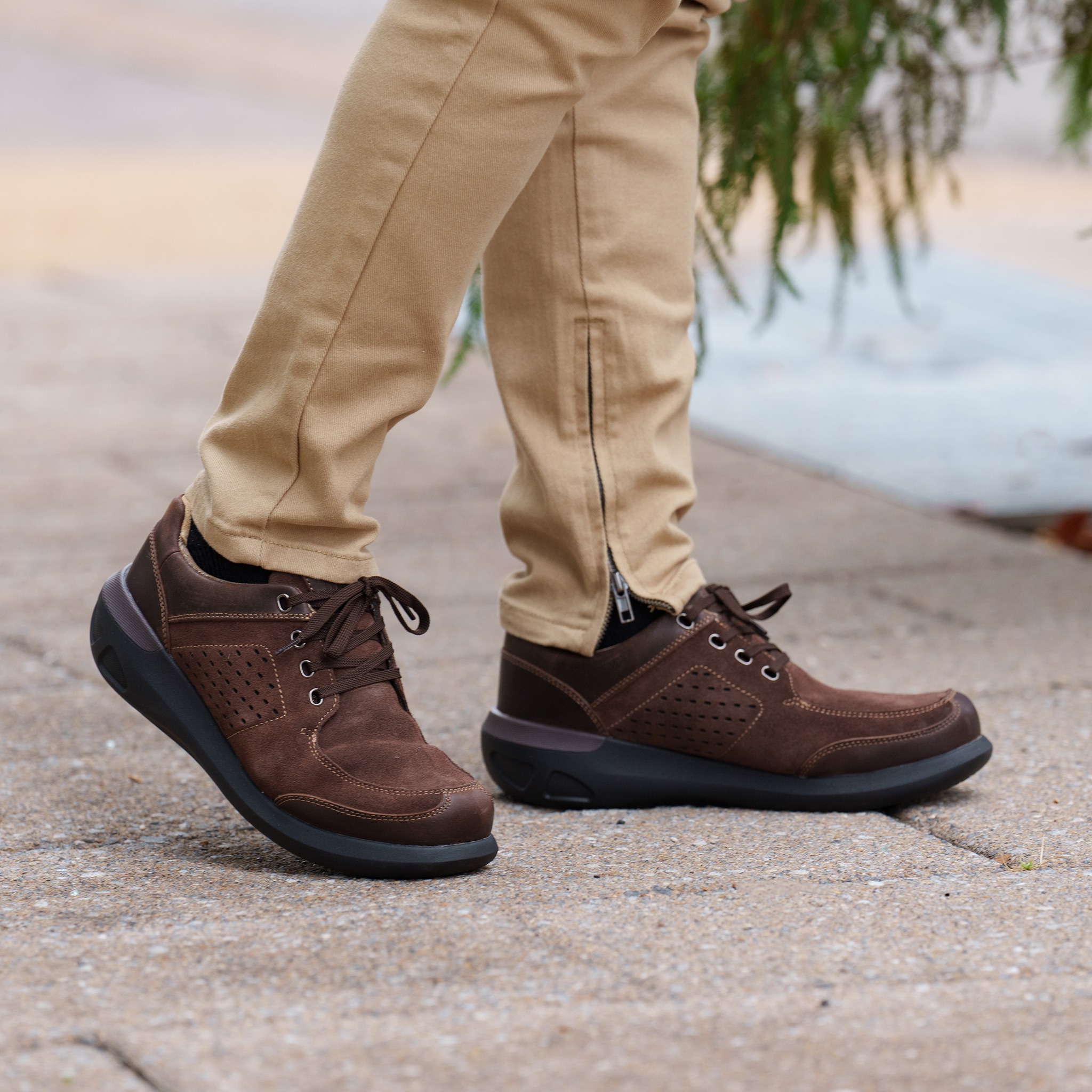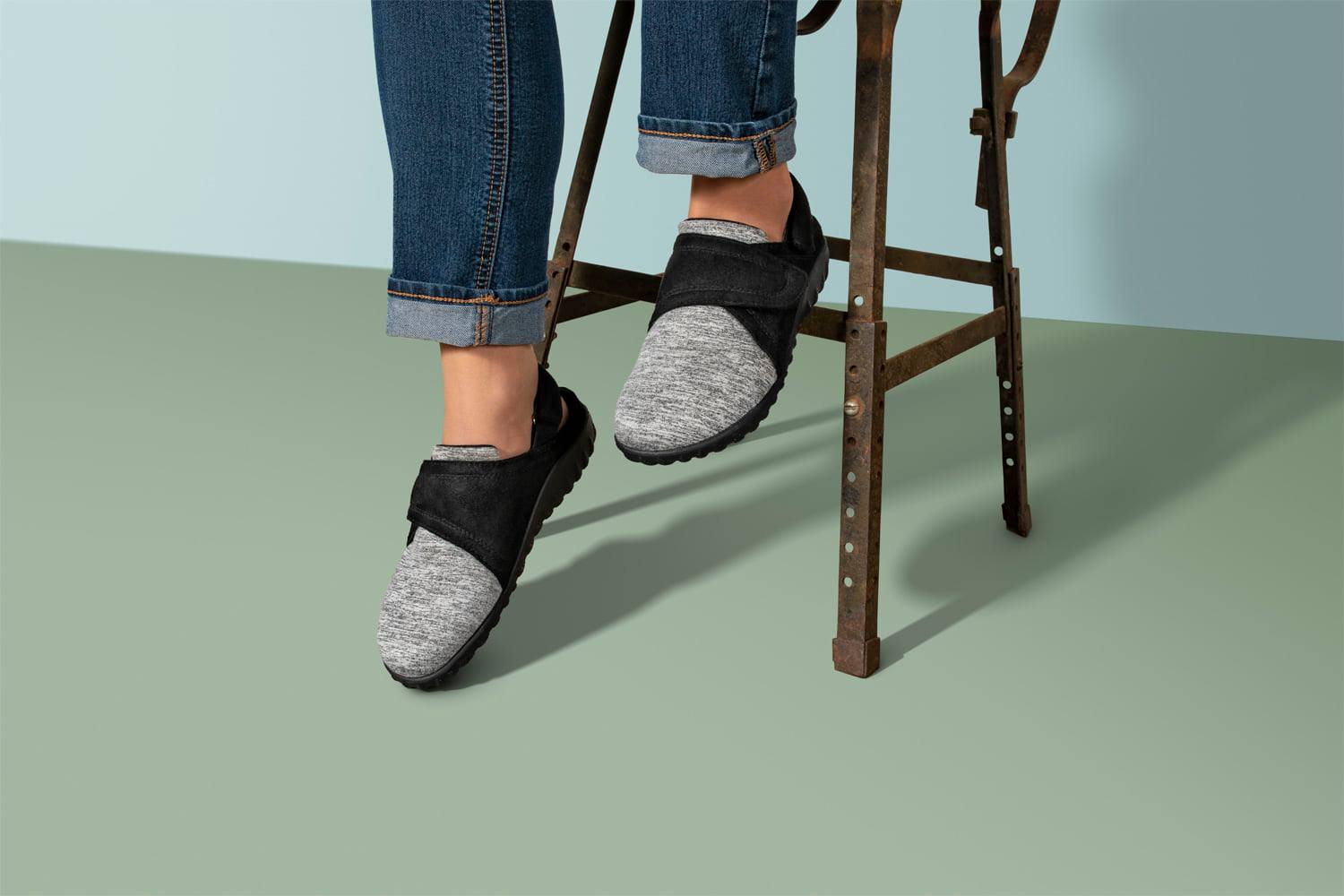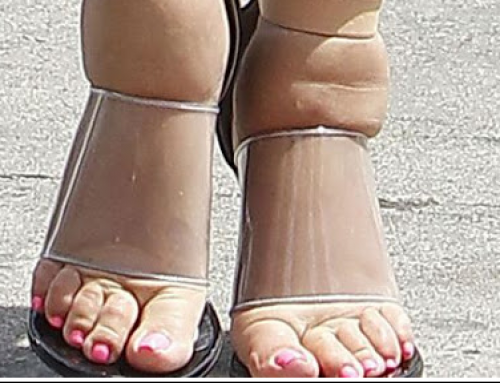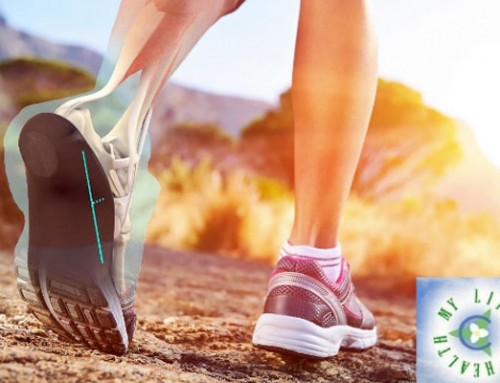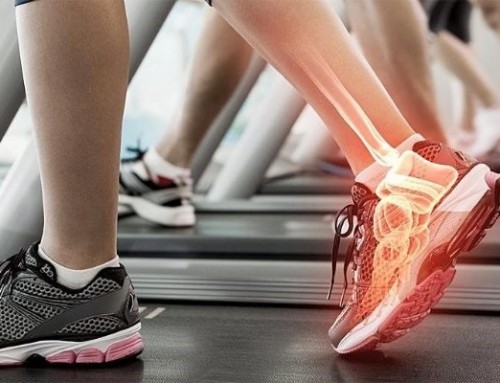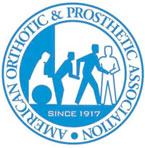What is bunion & how is it formed?
Its a bunion – misaligned big toe joint which can become red, swollen and tender. It is formed when the bone tissue at the base of the big toe joint moves out of place. The deformity forces the toe to bend toward the other toes. The technical term for bunions is hallux valgus. Since this joint carries a lot of the body’s weight while walking, if left untreated bunions can get larger, cause extreme pain and discomfort, making the wearing of shoes difficult or impossible and making non-surgical treatment less of an option.
How do you get a bunion?
Bunions tend to run in the families (parents who suffer from poor foot mechanics can pass their foot type on to their children), but can also be aggravated by shoes that are to tight, narrow and pointy.
People who suffer from flat feet or low arches are also prone to developing joint problems. Occupations that place undue stress on the feet are also a factor (ballet dancers often develop this condition).
How to reduce pain caused by bunions?
There are conservative and preventative steps that can minimize the discomfort of the bunion.
- Wear shoes with soft leather or other materials that do not press on the joint, wide and deep toe box, shoes that conform to the shape of your foot and have good arch support
- Apply a non-medicated bunion pad around the bony prominence
- If the bunion is inflamed and painful, apply ice packs several times a day to reduce swelling
- Avoid high-heels that are over 2 inches tall
The goal is to start early treatment options to relieve pressure on the bunion, stop the progression of the deformity and return to normal active life. A podiatric physician/ chiropodist may recommend the following:
- Custom made orthotics/shoe inserts – to support and control foot functions, reduce symptoms and prevent worsening of the deformity
- Taping (bunion night aid, bunion splint etc.) – helps keep the foot in normal position, thus reducing stress and pain.
- Physical therapy is often used to provide relief of inflammation and from bunion pain. Ultrasound therapy is a popular technique for treating bunion and soft tissue involvement.
- Medication – anti-inflammatory drugs and cortisones are often prescribed to ease acute pain and inflammation.
Seek professional evaluation and assistance with uncomfortable or noticeable bunions. Your podiatrist /chiropodist has been trained specifically and extensively in the diagnosis and treatment of all foot conditions.


